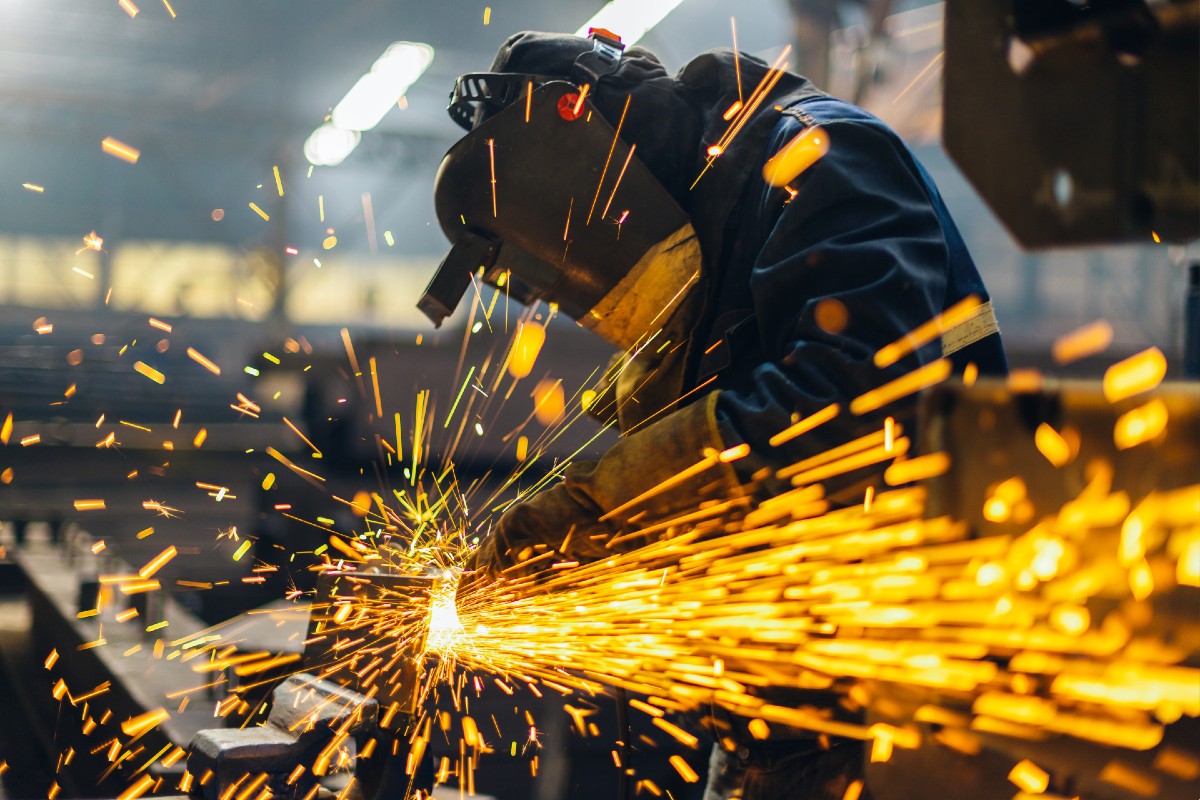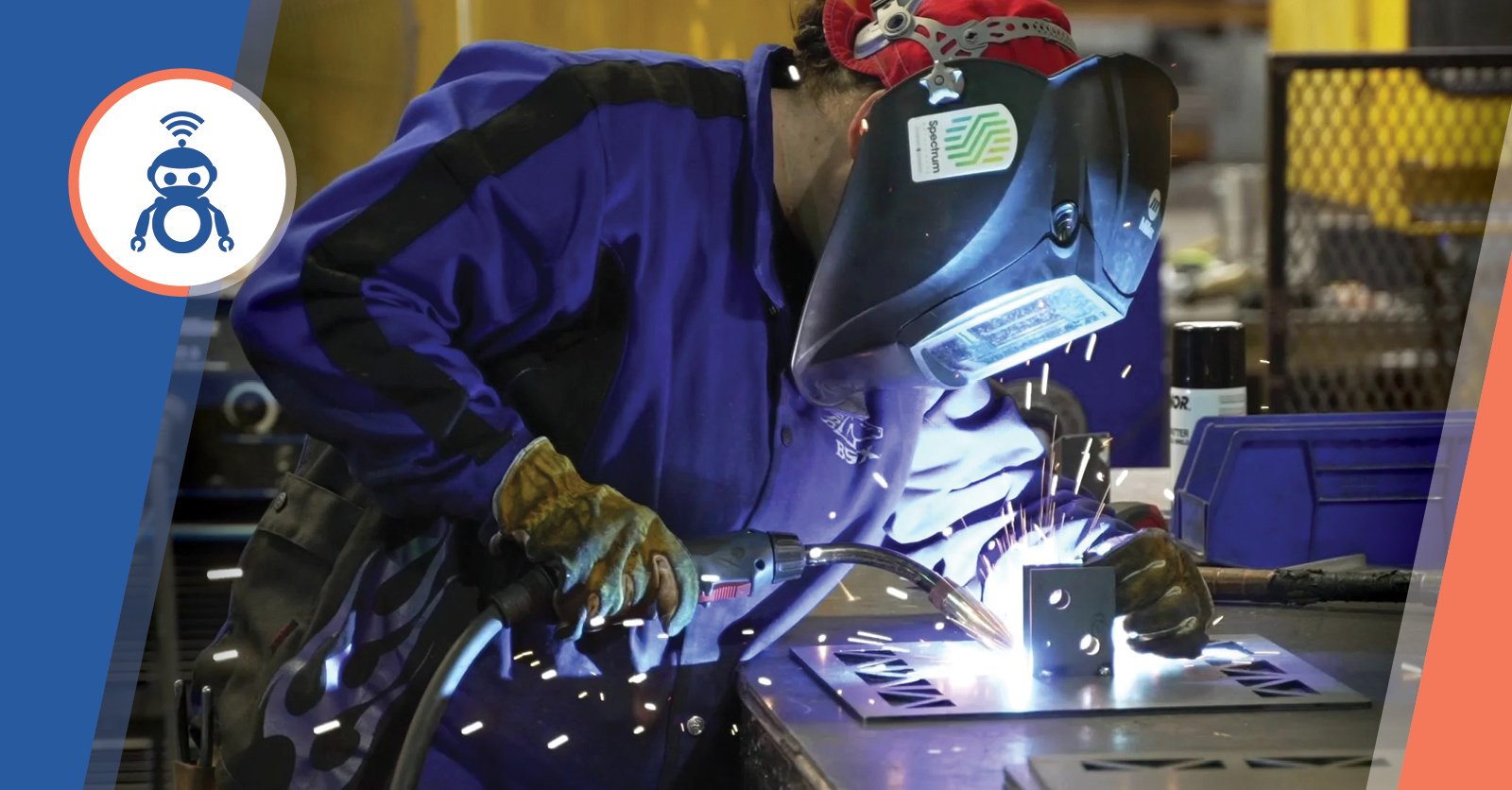Typical Welding Repair Issues and Exactly How to Address Them Effectively
Welding repair work commonly experience an array of concerns that can threaten the integrity of the end product. Common issues consist of insufficient infiltration, porosity, and imbalance, to name a few. Each defect provides distinct challenges that need details techniques for resolution. Comprehending these issues is crucial for welders intending to boost their skills and outcomes. This conversation will explore these typical welding fixing problems and effective techniques to resolve them.
Inadequate Infiltration
Inadequate penetration takes place when the weld steel fails to totally fuse with the base product, resulting in weak joints and possible architectural failings. This problem typically comes from not enough warm input, wrong electrode angle, or inappropriate welding speed. Welders may come across insufficient infiltration as a result of a mistake of the necessary criteria for a certain product thickness or type. In addition, contamination on the base product's surface area can prevent efficient bonding, exacerbating the problem. To resolve poor penetration, welders ought to ensure appropriate settings on their devices and keep a tidy job surface. Normal examination of welds is recommended to recognize any type of shortages early, enabling prompt modifications and the avoidance of endangered architectural honesty in welded assemblies.
Porosity
Porosity is a typical flaw in bonded joints that materializes as small gas bubbles entraped within the weld steel. This issue can compromise the integrity of the weld, leading to lowered stamina and potential failure under anxiety. Montana Mobile Welding and Repair Belgrade Welding. Porosity typically emerges from contamination, moisture, or incorrect welding techniques, which enable gases to get away right into the liquified weld swimming pool. To resolve porosity, welders need to guarantee correct surface area preparation, preserve a tidy workplace, and utilize appropriate welding parameters. In addition, choosing the right filler material and securing gas can minimize gas entrapment. Regular evaluation and testing of welds can help identify porosity early, assuring timely rehabilitative activities are taken, therefore preserving the high quality and reliability of the welded structure
Misalignment
Misalignment in welding can emerge from numerous factors, including incorrect arrangement and thermal expansion. Understanding the origin triggers is crucial for reliable resolution. Several adjustment methods are available to realign components and assure structural stability.
Root causes of Imbalance
Welding misalignment commonly comes from a variety of underlying concerns that can jeopardize architectural integrity. One primary reason is improper fit-up of elements before welding, which can lead to voids and unequal surface areas. Variations in thermal growth during the welding process can also lead to distortion, especially if the products being joined have various coefficients of development. Furthermore, inadequate fixturing and clamping might fall short to hold components securely in position, leading to motion throughout welding. Improperly conserved devices, consisting of welding machines and devices, might present inconsistencies in the weld grain, additional adding to misalignment. Operator mistake, stemming from inadequate training or experience, can additionally play a significant duty in developing misaligned welds.

Correction Methods Readily Available
Attending to misalignment effectively calls for a mix of rehabilitative strategies tailored to the certain problems at hand. One typical method is making use of fixtures or jigs to hold components in the proper placement throughout welding, ensuring consistent positioning. Additionally, preheating the products can help in reducing distortion and boost fit-up. For significant imbalance, mechanical realignment strategies, such as making use of hydraulic jacks or clamps, can be employed to remedy the setting before welding. Post-weld warmth therapy might also be essential to ease tensions brought on by imbalance. Cautious assessment and adjustment throughout the arrangement phase can avoid misalignment problems from ending up being significant problems, promoting a smoother welding process and enhancing overall architectural integrity.
Distortion
Distortion is an usual difficulty in welding that can develop from various variables, including unequal heating and air conditioning. Understanding the reasons for distortion is crucial for executing effective avoidance strategies. Addressing this concern not just improves architectural integrity but additionally boosts the general quality of the weld.
Causes of Distortion
When based on the intense warmth of welding, products typically undertake adjustments that can cause distortion. This phenomenon mostly emerges from thermal growth and tightening during the welding process. As the weld location warms up, the product broadens; upon cooling, it contracts, which can develop interior anxieties. On top of that, unequal heating across a work surface can exacerbate these stresses, resulting in bending or bending. The sort of product likewise plays a significant function; metals with varying thermal conductivity and coefficients of growth may respond in a different way, bring about unpredictable distortions. Additionally, poor joint layout and inadequate fixturing can add to misalignment throughout welding, enhancing the likelihood of distortion. Comprehending these causes is vital for effective welding repair service and avoidance methods.
Avoidance Techniques
Reliable prevention methods for distortion throughout welding concentrate on controlling warmth input and guaranteeing proper joint layout. Keeping a regular warm input aids to minimize thermal development and contraction, which can result in distortion. Making use of strategies such as preheating the workpiece can also lower the temperature level slope, advertising consistent home heating. In addition, picking ideal joint styles, such as T-joints or lap joints, can enhance security and minimize stress focus. Carrying out correct fixturing to safeguard the work surfaces in place better help in keeping alignment during the welding process. Ultimately, staggered welding series can distribute heat much more uniformly, protecting against local distortion. By using these methods, welders can considerably lower the likelihood of distortion and improve welding hoods the total high quality of their welds.
Splitting
Fracturing is an usual problem come across in welding repair work, typically arising from various aspects you can try here such as inappropriate air conditioning rates, product choice, or poor joint preparation. The incident of cracks can significantly compromise the honesty of the weld, bring about potential failures throughout procedure. To resolve this concern, welders need to first analyze the origin, making certain that materials are suitable and suitably picked for the details application. Furthermore, controlling the cooling rate throughout the welding process is important; quick cooling can generate stress and lead to fracturing. Correct joint design and prep work likewise add to minimizing the risk. Executing these techniques can improve weld high quality and toughness, eventually lowering the possibility of splitting in finished weldments.

Incomplete Combination
A substantial issue in welding repair work is incomplete fusion, which takes place when the weld metal does not effectively bond with the base material or previous weld passes - Montana Mobile Welding and Repair Belgrade. This problem can result in weaknesses in the joint, potentially jeopardizing the integrity of the bonded structure. Aspects adding to incomplete blend include inadequate warm input, incorrect welding technique, and contamination of the surface areas being signed up with. To address this concern successfully, welders must assure proper pre-weld cleansing and surface prep work, in addition to readjust their welding criteria to attain ample infiltration and blend. Normal examination throughout the welding procedure can additionally help recognize incomplete combination early, enabling for prompt rehabilitative actions to i was reading this improve the general quality of the weld
Overheating
While welding repair work can boost structural honesty, overheating offers a considerable obstacle that can result in material destruction. Too much warm throughout welding can alter the mechanical buildings of metals, causing reduced strength, increased brittleness, and bending. This sensation is particularly vital in high-stress applications where structural integrity is extremely important. Recognizing getting too hot can involve visual evaluations for staining or distortion, in addition to keeping track of temperature level throughout the welding procedure. To mitigate the dangers connected with overheating, welders ought to employ ideal techniques, such as regulating warm input, readjusting travel speed, and utilizing suitable filler products. Additionally, implementing pre- and post-weld warm therapies can aid bring back product buildings and improve the overall high quality of the repair work, ensuring long-lasting efficiency and safety.
Frequently Asked Concerns
What Are the Typical Signs of a Welding Flaw?

Exactly How Can I Check My Welds for High quality?
To check welds for high quality, one can utilize visual assessments, ultrasonic screening, and radiographic approaches. Each method guarantees architectural stability, recognizes defects, and validates adherence to specified criteria, inevitably improving the dependability of the bonded joints.
What Safety and security Preventative Measures Should I Take While Welding?
When welding, one should prioritize security by putting on suitable individual safety equipment, ensuring proper air flow, securing combustible materials away, preserving a tidy work space, and knowing environments to avoid injuries and accidents.
Can I Repair a Weld Without Redesigning the Entire Joint?
Fixing a weld without remodeling the whole joint is feasible, depending on the damages (Welding). Strategies such as grinding, including filler material, or utilizing a welding procedure can successfully attend to details problems while maintaining the bordering framework
What Equipment Are Crucial for Effective Welding Fixes?
Necessary tools for efficient welding repairs include a welding device, wire brush, grinder, safety gear, clamps, and filler products. Each tool plays an important function in ensuring top quality and security throughout the repair work procedure. Porosity generally occurs from contamination, wetness, or improper welding strategies, which enable gases to leave into the liquified weld swimming pool. Badly kept devices, consisting of welding devices and tools, may introduce disparities in the weld grain, further contributing to misalignment. When subjected to the extreme warmth of welding, products typically undergo adjustments that can lead to distortion. Splitting is a typical concern encountered in welding repair services, commonly resulting from numerous variables such as improper cooling prices, material selection, or insufficient joint prep work. A considerable issue in welding fixings is insufficient fusion, which occurs when the weld steel does not sufficiently bond with the base product or previous weld passes.